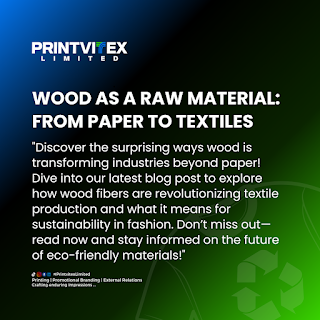The utilization of wood as a raw material spans a vast array of industries, from construction to paper production. While it is common knowledge that paper is derived from wood, fewer people are aware that wood can also be transformed into textile fibers. This article delves into the processes that convert wood into both paper and textiles, highlighting the similarities and differences in these manufacturing methods.
Composition of Wood
Wood is primarily composed of three key components:
- Cellulose (50%): The most abundant organic polymer on Earth, cellulose is a long chain of linked sugar molecules that gives wood its strength.
- Lignin (30%): This complex polymer acts as a glue in the cell walls, providing rigidity and resistance to rotting.
- Hemicellulose (20%): These polysaccharides contribute to the structural integrity of the cell wall but are less rigid than cellulose.
Breaking Down Wood
The initial step in converting wood into either paper or textiles involves breaking it down into its constituent parts. This process typically employs chemicals to separate the cellulose from lignin and hemicellulose. The choice of chemicals and methods depends on the desired end product.
From Wood to Paper
The paper-making process focuses on utilizing both cellulose and hemicellulose. Here’s a simplified overview:
- Pulping: Wood is mechanically or chemically pulped to separate fibers. Chemical pulping (e.g., kraft process) is more common for producing high-quality paper.
- Bleaching: The pulp is bleached to remove any remaining lignin, which can cause yellowing.
- Forming: The bleached pulp is then formed into sheets and dried, resulting in paper.
From Wood to Textiles
Producing textile fibers from wood involves a more selective extraction of cellulose, typically through processes such as the viscose or Lyocell method. Below are the steps for producing Lyocell, a popular eco-friendly textile fiber:
- Pulping: Similar to paper production, wood is pulped to separate cellulose.
- Dissolving: The cellulose is dissolved in a non-toxic solvent (N-Methylmorpholine N-oxide) to form a viscous solution.
- Extruding: This solution is extruded through fine spinnerets to form fibers.
- Regenerating: The fibers are then regenerated in a bath, solidifying them into a usable form.
- Washing and Drying: The fibers are washed to remove any remaining solvent and then dried.
Tencel and EcoVero: Innovations in Textile Fibers:
Tencel is the brand name for Lyocell fibers produced by the Austrian company Lenzing AG. Known for their sustainability, Tencel fibers are derived from sustainably sourced wood and produced in a closed-loop process that recycles water and solvents, minimizing environmental impact.
EcoVero is Lenzing's latest innovation, enhancing the sustainability of wood-based fibers. EcoVero fibers are sourced from certified renewable wood sources, such as sustainably managed forests. The production process generates up to 50% lower emissions and water impact compared to traditional viscose fibers. Additionally, the fibers are fully traceable, providing transparency from the forest to the final product.
Environmental Impact
Both Tencel and EcoVero represent significant advancements in reducing the environmental footprint of textile production. They utilize sustainable wood sources and environmentally friendly processes, addressing the growing consumer demand for sustainable and ethical fashion.
Bottomline:
The transformation of wood into paper and textiles showcases the versatility and potential of this natural resource. As technologies advance and consumer awareness of sustainability grows, wood-based textile fibers like Tencel and EcoVero are poised to play a pivotal role in the future of sustainable fashion. These innovations not only provide eco-friendly alternatives but also highlight the importance of sustainable resource management and production practices.
Thank you for reading and see you on the next issue!
Our mission is to simplify the acquisition of value-driving promotional items.
Don't hesitate to give us a shout out via phone or WhatsApp on +234(0)8026516190, or send an email to printvitex@gmail.com
Disclaimer: All rights and credits reserved.






No comments:
Post a Comment